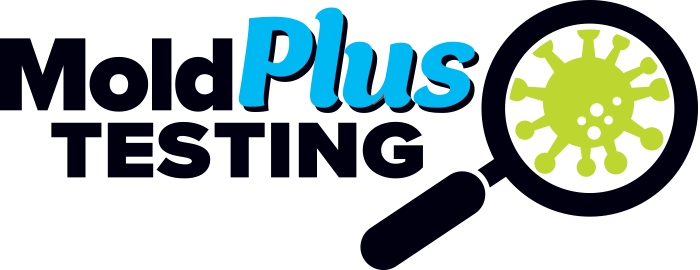Air Samples
After conducting a full interior and exterior inspection, a sampling plan is agreed upon. Air sampling is recommended when mold is visible or suspected. It is our preferred method for mold testing since it gives us specific data regarding the type and volume of contaminants in the air. The air samples will help us determine what types of mold may be growing indoors and at what levels.
To obtain an air sample, a calibrated vacuum pump (e.g., Air-O-Cell Spore Trap) is used to move a specific volume of air over a sterile collection medium. The Air-O-Cell spore trap is a sampling device designed for the rapid collection of quantitative analysis of a wide range of airborne aerosols. In other words, the pump moves air over a sticky strip inside the cartridge trapping any small particle, including mold spores.
A minimum of one sample is taken indoors, usually in the center of the room where a concern is found or suspected. A control sample is collected from outdoors to establish a baseline for comparison. It is occasionally recommended that additional samples be collected indoors or outdoors depending on the findings during the visual inspection. For example, additional samples may include different levels of a residence/workplace or samples near or in HVAC ducting (to determine levels traveling through the duct systems). Additional outdoor samples may be collected on occasion to determine if outdoor contamination is intruding into the occupied area of the home or business.
The collected air samples are meticulously labeled, documented on a chain of custody (COC) and sent to an independent and accredited (American Industrial Hygiene Association [AIHA]) laboratory for direct microscopic examination.
The laboratory supplies us with reported results, which provides information on the levels and types of molds found. The indoor sample is compared to the outside sample to determine if elevations exist. If the indoor levels are higher than outdoor levels, then mold may be growing and reproducing indoors. MoldPlus Testing will combine what was observed during the inspection with what is disclosed in the laboratory report to compile a comprehensive report. This final report is provided to the customer to assist them in making an informed decision regarding any potential need for remediation. When requested, a full protocol for remediation can be provided to the customer. This is a detailed scope of work that a remediator can follow to mitigate the mold properly.
